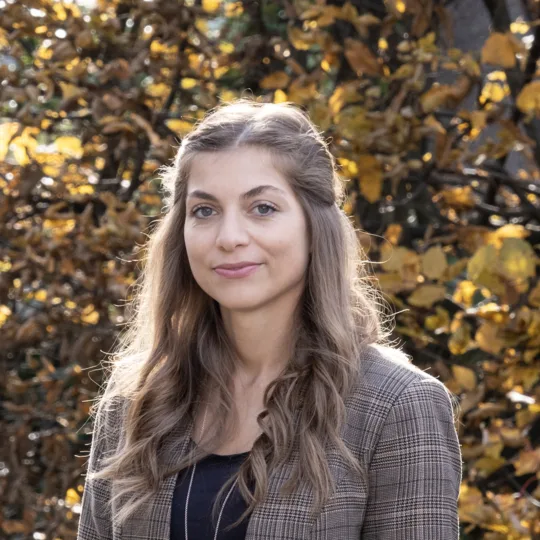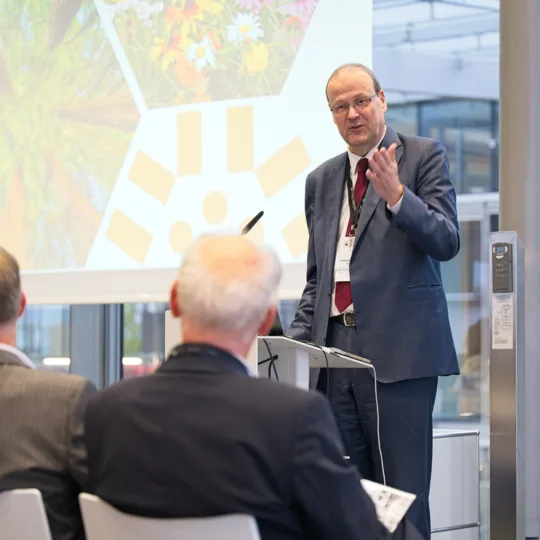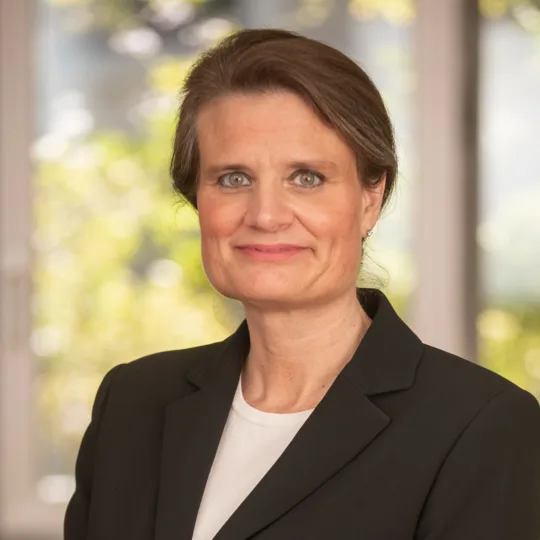Empowering research and innovation that connects Switzerland and South Asia
Since 2017, the Zurich University of Applied Sciences (ZHAW) has been intensifying research and innovation cooperation with partners in South Asia on behalf of the Swiss Confederation. In this interview, Amanda Strub sheds light on the priorities and projects of this organisation.

What are the priorities of the Leading House ZHAW for the new mandate period 2025 to 2028?
In this new mandate period, we aim to expand the Academia-Industry Training (AIT). This instrument has proven to be invaluable in kickstarting early-stage sciencepreneurs’ journey across borders. Establishing this program in another partner country will increase its impact and build on the experience of running the AIT India for over a decade.
It is also key to stay agile and responsive to the evolving needs of the Swiss scientific community. Our goal here is to constantly enhance existing instruments, make use of synergies among the Leading Houses, and pilot new instruments and activities.
Beyond our funding instruments, we focus on strengthening and expanding our network across all nine partner countries. Visibility of our activities as well as personal connections are the foundation for successful collaborations.
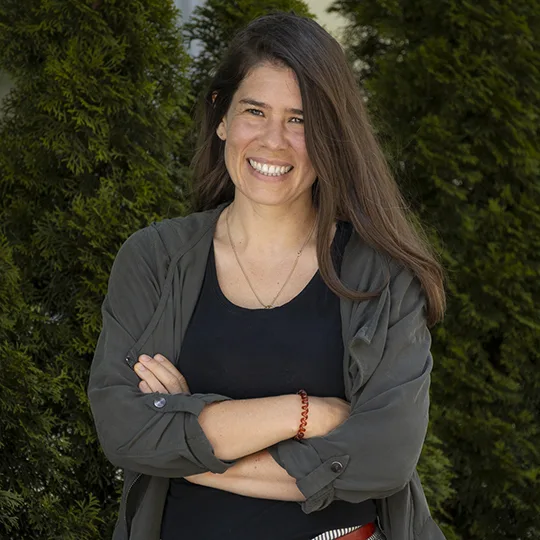
As manager of the Leading House South Asia, Amanda Strub is responsible for the development and implementation of funding programs that enable researchers and innovators in Switzerland to realize projects together with partners in South Asia. Her work builds bridges across disciplines and cultures. Photo: Ricardo Farino Mora
How does the Leading House South Asia approach the search for and selection of partners in their focus region?
Here, I’d say personal engagement is key. Partnerships are established and maintained through regular personal interaction.
We do this by attending physical and virtual events, such as events organized by the Asia Society, the Knowledge2Action network, conferences and events with a specific focus such as the AI+X Summit last year in Oerlikon as well as the Bangalore Tech Summit. This has proven important and valuable not only to establish and maintain connections but also to learn about emerging opportunities and trends.
How is the cooperation with these partners organized on the ground?
We work very closely with Swissnex in India and the Swiss embassies in the partner countries. They provide crucial support – opening doors, helping us navigate the local ecosystem, and enabling connections with relevant institutions and stakeholders.
For example, in Nepal, we’re currently working with the Swiss Embassy to co-develop a program that goes beyond individual research projects. Here the embassy is in charge to ensure that the program fits the local needs and will lead the Nepali-side of the program. The Leading House on the other hand is ensuring the program is set up so it best benefits the Swiss science community and provides Swiss and Nepali sciencepreneurs with a unique program in Switzerland tailored to their needs.
While we facilitate funding and provide support to Swiss researchers and sciencepreneurs, we don’t act as matchmakers. It’s up to the researchers to build their partnerships – they often already have local contacts or find them through their own networks.
What tools have proven effective for the Leading House in fostering cooperation with South Asia?
It is the combination of different instruments that allows us to address the diverse needs of the Swiss scientific community. On the one hand, we offer the Connect and Collaborate Grant that aims at supporting Swiss-based researchers in organizing a conference, workshop, teaching activity or similar. It has proven to be a key instrument in bringing together researchers from different fields of expertise.
Furthermore, there is the Research Partnership Grant, which supports collaborative projects between researchers from Switzerland and partner countries over a 12-month period. In addition to establishing a joint research project, the grant offers an opportunity to explore cultural differences and gain experience in conducting research across borders. This tool has proven to effectively kickstart larger research projects and foster connections between Swiss and South Asian researchers.
Last but not least, the Academia-Industry Training (AIT) India offers Swiss-based and Indian-based sciencepreneurs the unique opportunity to emerge into the Indian and Swiss innovation system with their early-stage start-up. This bilateral program enables them to test their idea, to establish contacts and to learn from experts and peers. Over the past decade over 100 start-ups have gone through this program. For many, it was their first cross-border business experience.
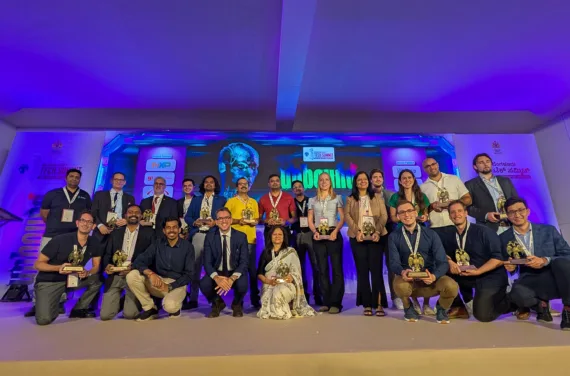
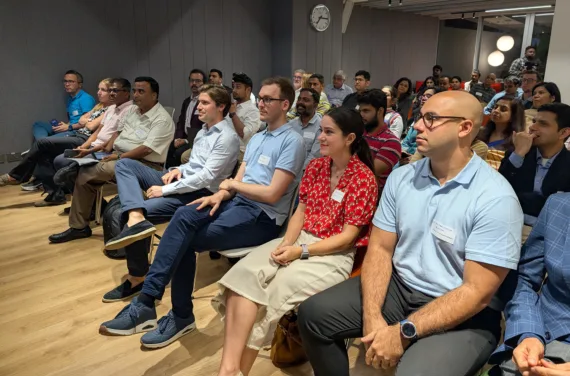

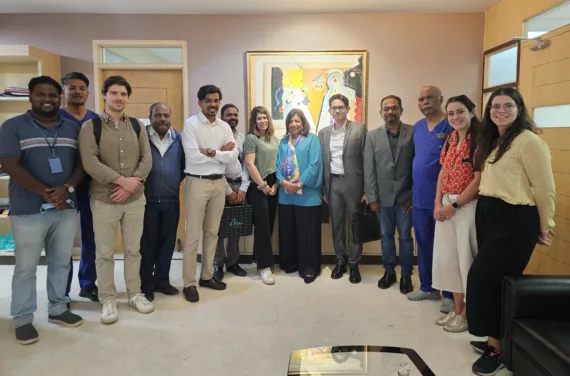
How does the Leading House collaborate with other Swiss institutes of higher education and other ERI-stakeholders to achieve its goals?
One could say that collaboration is in the Leading House’s DNA! We regularly exchange insights with other Leading Houses and stakeholders like the Swiss National Science Foundation, REPIC (Renewable Energy, Energy and Resource Efficiency Promotion in International Cooperation), the Swiss Alliance for Global Research Partnerships, and Switzerland Global Enterprise (S-GE). These dialogues help us learn from each other and align our efforts to create a stronger ecosystem for Swiss research.
«Small grants, big impact, and turning curiosity into connection - and connection into long-term cooperation.»
What was an impactful or challenging project the Leading House was involved in, and why?
One of our most ambitious, and unfortunately, most challenging, initiatives was our planned exploratory mission to Pakistan. Organizing such a mission meant working closely with many stakeholders and carefully navigating security concerns. Despite all the preparation, we had to cancel at the last minute due to the situation on the ground. This shows the challenges navigating across borders brings and the importance of embracing change. Fortunately, even without the mission taking place, individual project ideas emerged from those early conversations and have since turned into fruitful collaborations. This shows that even when things don’t go as planned, the connections we foster can still lead to impact.
What contribution can the Leading House make through its activities to foster cooperation between Switzerland and other countries?
The Leading Houses fill a crucial gap in Switzerland’s research funding landscape. We support first steps - those initial collaborations, experiments, and pilots that make everything else possible. We support Swiss researchers and sciencepreneurs explore new countries, build new partnerships, and test ideas in new markets. Whether it’s a climate scientist collaborating with a public health expert in Nepal, or a start-up learning how to scale across borders, we aim to create the conditions where meaningful research projects can start and take off.
Leading House model
Leading Houses are one of the instruments of the bilateral cooperation programmes launched by the Swiss Confederation in 2008. They aim to expand cooperation with non-European partner countries in the fields of education, research and innovation (ERI). The State Secretariat for Education, Research and Innovation (SERI) mandates selected Swiss universities to promote research and innovation cooperation with regions with high scientific potential. To this end, the Leading Houses develop instruments that meet the interests of the Swiss scientific community. The Leading Houses also represent Swiss scientific actors vis-à-vis foreign cooperation partners and provide contacts and knowledge about the region.

